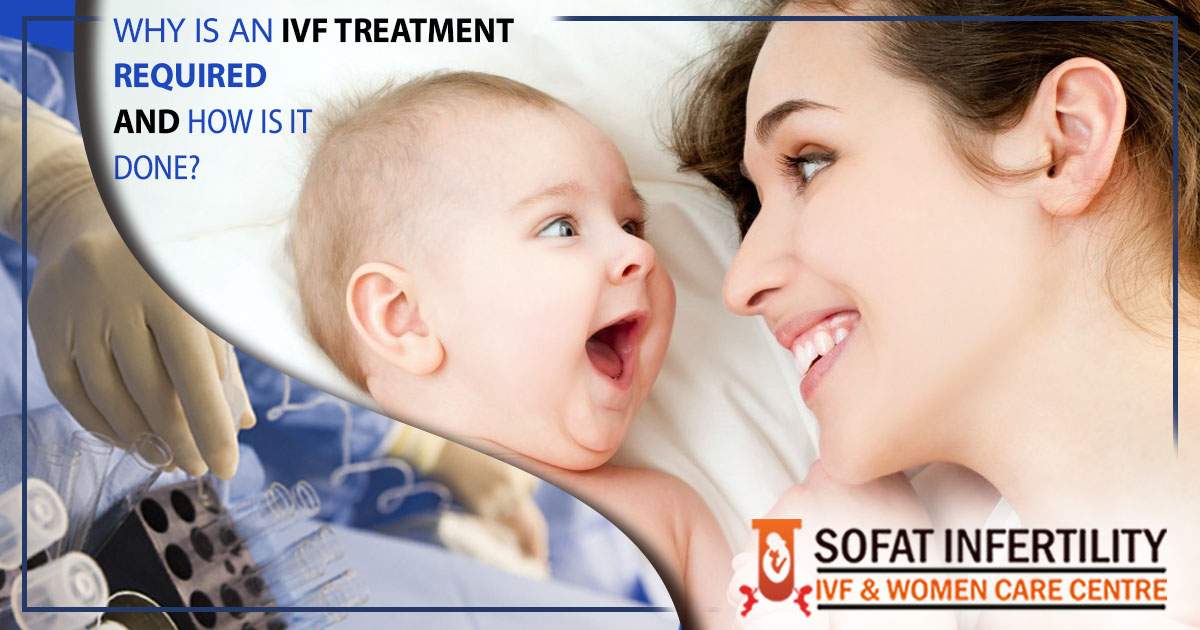The assisted reproductive techniques have become hugely popular. All the infertile couples and individuals who want to become a parent are seeking the help of these methods to have their own biological child. The commonly used methods are IVF or test tube baby, IUI, surrogacy, sperm donation, egg donation etc. There are many test tube baby centers in India also.
Meaning of test tube baby treatment?
The test tube baby treatment is a generalized term for In-Vitro fertility treatment. In this treatment, the female’s egg is processed with the male’s sperm outside the woman’s body in a lab in a petri-dish till the time it turns into an embryo. Once, the embryo is formed, it is planted to the woman’s body and the pregnancy continues as usual.
Why is test tube baby treatment required?
- Damage to the fallopian tube which can cause hindrance in the fertilization of eggs or traveling of an embryo the uterus.
- When the ovulation is missing or it is not regular in a woman, she does not have sufficient supply of eggs for fertilization.
- There can be occurrence of premature ovarian failure and it is said to happen when it occurs before attaining the age of 40 years. If a woman faces this issue, she does not have an adequate amount of eggs in her ovary required for fertilization.
- There can be a syndrome which a woman is facing named endometriosis. This happens when the implantation and growth of the uterine tissue are below the uterus. This has adverse consequences on the function of ovaries, uterus and fallopian tubes.
The process of test tube baby treatment
The following paragraphs enunciate the procedure opted by doctors for the successful test tube baby treatment:
- Egg production assisted by hormone therapy: before the process actually begins, the woman is given some hormones which are in injectable forms such as GnRHa and gonadotrophins. This is done to promote synchronized growth and for the maturity of the follicles inside woman’s ovaries. By injecting HCG36 hours prior, the eggs are finally at the maturity stage.
- Eggs receiving from the ovary: the next step involves fetching the eggs from the ovary of the woman. This can cause some pain. To keep her away from this discomfort or pain, she is given some sedative which is not very strong or anesthesia. Then, with the help of an ultrasound vaginal probe having a fine hollow needle, the eggs are removed from the woman’s ovaries. These eggs are taken to the laboratory immediately.
- Providing sperm sample: the man’s freshly produced semen sample is required on the same day of woman’s egg retrieval.
- Bringing together eggs and sperm for fertilization: the next step involves mixing of eggs and sperm in a petri dish and keeping them in an incubator for certain days. The fertilization is monitored during this time by the fertility specialist.
- Introducing fertilized eggs to the woman’s uterus: once the embryo is formed under the careful observation of the fertility specialist in the laboratory, it is time to transfer it to the woman’s uterus. Not one but two or three embryos are transferred by a fine catheter.
Thus, test tube baby treatment is a bliss for those who only dreamt of having their biological child. The process does not cause much pain. It requires more mental preparation than physical preparation.







